How To Clean A Brick Fireplace: Step-By-Step
In this article, we're going to cover everything you need to know on how to clean a brick fireplace. By the end of the steps below, you...
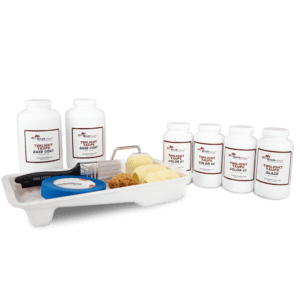
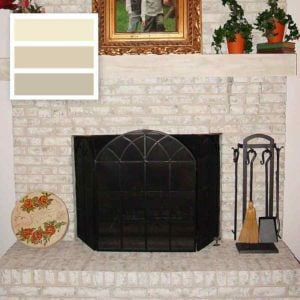
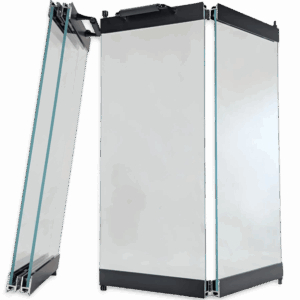 Replacement Glass Doors
Replacement Glass Doors
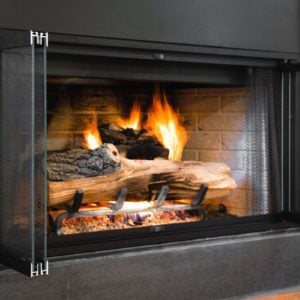 The EZ Fireplace Door
The EZ Fireplace Door
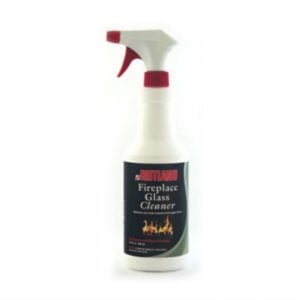 Fireplace Door Glass Cleaner
Fireplace Door Glass Cleaner
If you’re like me, you get excited about the possibility of a fireplace makeover, using your fireplace for different gatherings—the fun stuff!
But the fact is, you also need to maintain your fireplace and keep it in tip-top condition to use it and enjoy it on a regular basis. That’s why we’re always discussing how important it is to get your chimney swept and inspected annually, and to minimize the amount of soot and build-up in your fireplace and chimney.
If you have a wood burning fireplace (or even a gas fireplace), you know they get very dirty. Simply using a wood burning fireplace, stove, and insert creates debris and creosote.
What is Creosote?
Now that we entering spring and summer, it’s time to add our fireplaces and chimneys to our list of spring cleaning projects.
So what is creosote? Creosote is the chemical that is created when wood, fossil fuels (coal), or tar is burned. Creosote is a gooey, sticky substance that can build up in your fireplace or masonry chimney. When creosote isn’t attended to, it can become a thick, very hard coating that lines your flue and chimney, eventually posing a safety hazard to your fireplace.
The danger comes when you don’t remove the creosote buildup. Left unattended, creosote can reduce the airflow through your chimney, which in turn will lower air circulation and overall efficiency. Because creosote is a toxic material, it’s also dangerous to breathe it in.
There are three primary forms of creosote, first, second, and third degree. As you might suspect, third degree creosote is the most difficult to manage and clean out. First degree creosote is primarily made up of ash. Second degree creosote is soft and crumbly, and is sometimes an indicator that you may have had a chimney fire. Third degree creosote is the most challenging to deal with, as it is black, glassy, and tar-like in nature, kind of a thick, heavy glaze. Third degree creosote requires heavy equipment made specifically to break up the substance and clean it out.
Creosote in your chimney can pose safety hazards including a “cold” chimney. Creosote is a direct cause of a cold chimney, which can reduce your chimney’s efficiency, and make it less capable of providing adequate exhaust for your fireplace. Though creosote is more of a concern for wood burning fireplaces, it’s a good idea to have your chimney inspected if you have a gas fireplace, too.
No account yet?
Create an Account